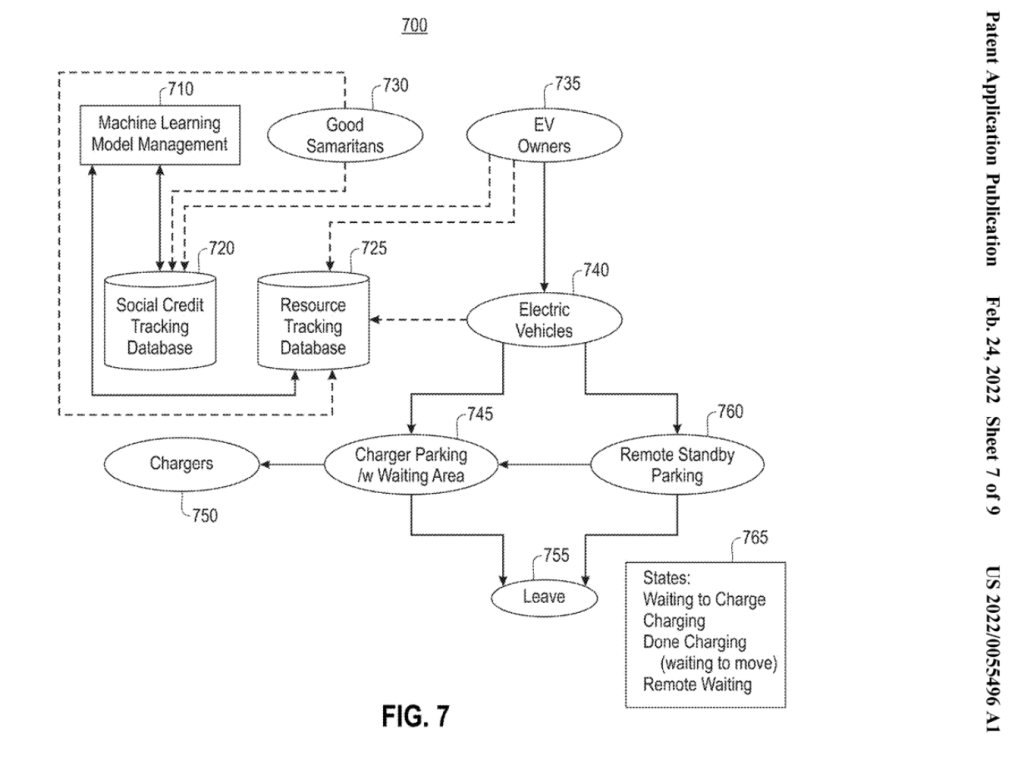Please Follow us on Gab, Minds, Telegram, Rumble, Gettr, Truth Social, Twitter
It's been a week since James O'Keefe exposed the CEO of IBM, Arvind Krishna, for allegedly using coercive practices that included firing people and stiffing them on their bonus unless they discriminated in the hiring process.
A day after O'Keefe broke the story, America First Legal, which is led by former Trump adviser Stephen Miller, issued a letter requesting that the nation's top federal civil rights agency, U.S. Equal Employment Opportunity Commission, investigate IBM over the discrimination allegations.
Seeing IBM in the news just after Connecticut Governor Ned Lamont withdrew his EV mandate served as a reminder of a patent application that IBM filed in 2020 for Electric Vehicle Charging Optimization Based On Predictive Analytics Utilizing Machine Learning.

The patent abstract says the application is for "a method for managing charging resources of a charging system for plug-in electric vehicles (EVs), the charging system including a central recording center including a tracking database."
It continues, saying, "charging session data is monitored and stored in the tracking database during the charging session" and that "a machine learning model is generated based on collective charging data" that can be used to optimize EV charging.
The application proceeds to show six figures that diagram the architecture of the system.
When you get to Figure 7, it starts to get interesting.
That's where the "Social Credit Tracking Database" is depicted.
It's linked through a machine learning (ML) model to the Resource Tracking Database that tracks electric vehicle owners.

The patent application specifies that, "the method may further include collecting user behavior information to establish a social score model of users in the charging system, and rewarding users with favorable social scores with early notification of charging station availability and optimal waiting location identification."
The database is intended to track information such as license plate, make / model / year, battery capacity, physical information on the EVs, charging times, commute distance after the charge (e.g. , miles, time, etc.), responsiveness of EV owners after receiving a notification or alert about charging, information on EV owners, information on any potential good samaritans (including identity), and "ratings and social credit scores from others."
Good samaritans are defined as either EV users or non-EV users who assist EVs other than their own.
The social credit tracking database would then store ML models on EV owners as well as good samaritans. The ML model would use data gathered from the Resource Tracking Database and the Social Credit Tracking Database, and update (train / re-train) and use an ML model to maintain and update social credit scores for both EV owners and good samaritans.
Based on the predicted charging times and "user features" (which would include social score or credit), the ML scheduling model can then rank users in line and assign each user a charging station. To do so, the model would use an ML ranking to rank users based on their "user features" (like social credit score), the expected charging time of their EV, and the EVs that are currently charging.
This "method" will be positioned as a "convenient smart technology" to help EV owners save time by making charging more efficient.
But the reality is that the same company that allegedly helped create enabling technologies to support the Nazis, now wants to create enabling technologies to support what appears to be a Chinese-style social credit system.

